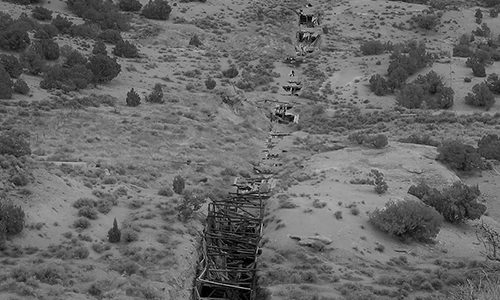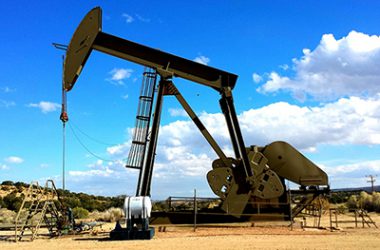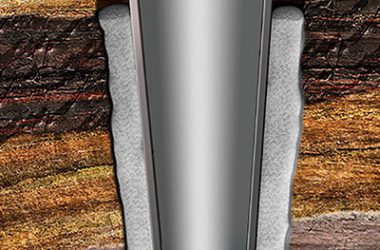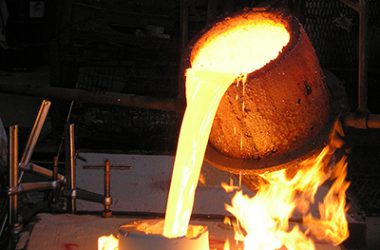Gilsonite History
The raw material now known as Gilsonite was discovered in the Uintah Basin in northeastern Utah, U.S of America. It is clear that the Native Americans who lived in the state of Utah were familiar with this material, yet there was neither commercial nor scientific use of it until the pioneers entered the Continent. During the 1860’s it was considered and in the mid-1880’s Samuel Henry Gilson began to promote it as a waterproof coating for wooden pilings, as an insulation for wire cable, and as a unique varnish. after which it became known as “Gilsonite”. Gilson’s name became linked through his persistent search for its uses and markets. In 1886, he and a partnership formed the company to mine and market gilsonite on a commercial scale and he is credited with the first real commercialization of the product

Throughout the years, Mr. Gilson made lots of efforts to use the newly discovered item for different applications, in order to make commercial benefit out of it, yet mostly unsuccessful. His ultimate achievement was selling his company under his own name to a firm in Saint Luis which was then renamed to The Gilson Asphaltum Company.
The Gilson Asphaltum Company reorganized, and in 1948 became the American Gilsonite Company that was jointly owned by the Barber Oil Company and Standard Oil of California (now ChevronTexaco Corporation). The company’s research led to the use of gilsonite as a refinery feedstock to produce gasoline, high-purity electrode carbon, and other products. By 1957, American Gilsonite had constructed a refinery in Gilsonite, Colorado, that was connected to their Bonanza plant by a 72-mile-long slurry pipeline laid along the abandoned Uintah Railway route. Gilsonite production rose to about 470,000 tons in 1961 as a result of the pipeline and refinery. The gasoline was marketed under the trade name Gilsoline. Cars fueled with Gilsoline were reportedly easy to identify because their exhaust had a characteristic odor. The company sold the refinery in 1973 and redirected their marketing efforts to nonfuel uses of gilsonite. In 1981, Chevron purchased Barber Oil’s share of American, and in 1991, Chevron sold their interest. Today, the American Gilsonite Company remains the world’s largest gilsonite producer.






